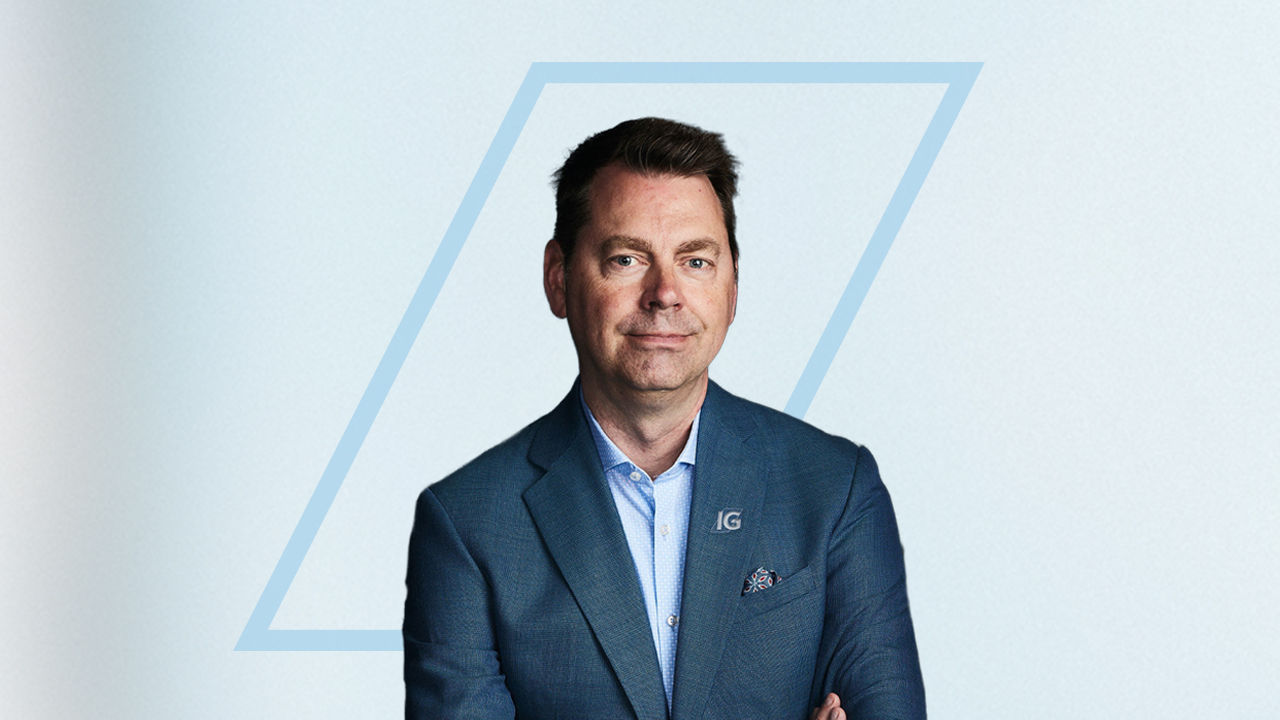In today's fast-paced world, where time is a precious commodity, individuals and businesses alike are seeking ways to optimize their health and productivity. The pursuit of a vibrant and fulfilling life has become a top priority, and with groundbreaking advancements in the science of aging, we are now closer than ever to uncovering the secrets of aging well and maintaining optimal health.
Emerging research on longevity and aging
Advancements in the science of longevity have shed new light on the mechanisms of aging and potential strategies to extend a healthy lifespan. Scientists have identified key factors, dubbed the “12 hallmarks of aging”.
These factors encompass crucial aspects such as genomic instability, telomere attrition, epigenetic alterations, loss of proteostasis, deregulated nutrient sensing, mitochondrial dysfunction, cellular senescence, stem cell exhaustion, altered intracellular communication, chronic inflammation, disabled macroautophagy and dysbiosis.
By grasping these underlying processes, we can gain valuable insights into how to age well, stay productive and extend our healthy years, giving us a competitive edge in the corporate world.
Renowned physician and author of the book, “Young Forever”, Dr. Mark Hyman challenges the conventional beliefs about aging and provides practical strategies to promote vitality and slow down the aging process. He discusses the concept of “inflammaging” as one of the primary drivers of premature aging and emphasizes the importance of proper nutrition, highlighting the detrimental effects of processed foods, sugar and systemic inflammation on our health and longevity.
Another well-respected figure in the field of longevity and health optimization is physician Dr. Peter Attia. He is known for his deep dive into the science of longevity, metabolic health, nutrition and exercise physiology. In his book, “Outlive: The Science and Art of Longevity”, Dr. Attia emphasizes that aging can bring about a host of health challenges which he identifies as “the four horsemen of death”.
They include diseases such as atherosclerotic cardiovascular disease (ASCVD), cancer, neurodegenerative diseases like Alzheimer's and dementia, and metabolic disease such as type 2 diabetes. These big four conditions are known to be major causes of morbidity and mortality in older adults.
However, by gaining a deeper understanding of these challenges and adopting preventative measures to manage them, we can significantly improve our chances of aging well and leading fulfilling and vibrant lives.
The role of genetics and epigenetics in health and aging
Genetics is the study of genes and their inheritance from one generation to the next. Epigenetics, on the other hand, are the changes in gene activity that do not involve alterations in the underlying DNA sequence. This means that our lifestyle choices and environmental factors can play a significant role in shaping our health outcomes as we age.
Through epigenetic modifications, we have the power to influence gene expression, potentially mitigating the risk of age-related diseases and optimizing our overall well-being. Understanding our genetic makeup allows us to identify inherent predispositions and tailor personalized strategies to promote longevity.
Optimizing aging and longevity is not only a personal endeavour but also a strategic consideration for businesses. A workforce that is vibrant, healthy and engaged contributes to productivity, innovation and long-term success. Through leveraging the insights of epigenetics and genetics, companies can create specialized initiatives that bolster employee health, build resilience and cultivate an environment supportive of healthy aging.
Biohacks for a busy lifestyle: cutting-edge strategies for a longer, healthier life
If you’ve heard of the term “biohacking”, you’re likely familiar with the work of entrepreneur, author and founder of Bulletproof 360, Inc., David Asprey. He is one of the early proponents of biohacking, a concept involving the application of a systems-thinking approach to biology for personal optimization.
Incorporating biohacks into your routine doesn't necessarily require drastic lifestyle changes or huge time commitments, which makes them ideal for ambitious professionals. Here are some accessible biohacking methods and tactics that individuals can incorporate:
Caloric restriction/fasting mimicking diet: Reducing calorific intake or mimicking fasting can activate cellular pathways associated with longevity. These practices are known to improve metabolic health and reduce oxidative stress, factors crucial for a longer lifespan.
Nitric oxide supplements: nitric oxide plays a vital role in cardiovascular health by improving blood flow and reducing blood pressure. Supplements that boost nitric oxide can enhance vascular health, a key component of aging well.
NAD+ supplements: NAD+ (nicotinamide adenine dinucleotide) is essential for energy metabolism and decreases with age. NAD+ supplements can support mitochondrial function and are linked to improved energy levels, brain health and cellular repair processes.
Cold exposure: exposing the body to cold temperatures can activate brown fat, improve metabolism and enhance resilience to stress. Practices like cold showers or ice baths might boost longevity by strengthening the body's adaptive mechanisms.
Molecular hydrogen tablets: molecular hydrogen acts as a selective antioxidant. Tablets that release hydrogen gas when dissolved in water are suggested to reduce oxidative stress and inflammation, supporting cellular health.
Urolithin A supplements: this compound, produced by gut bacteria, is known for its potential to improve mitochondrial function and muscle health, important factors in aging.
A strong social network: maintaining robust social connections has been consistently linked to longer, healthier lives. A strong social network can reduce stress, improve mental health and foster a sense of belonging and purpose.
VO2 max optimization: this measure of cardiovascular fitness is a powerful predictor of your healthspan. Improving VO2 max through regular, intense exercise can enhance heart health and overall physical conditioning, which is crucial for aging well.
Optimal body composition: maintaining a healthy body composition, with a focus on muscle mass and low fat, is key for longevity. Muscle mass helps in maintaining metabolic health and physical independence in later years.
Phytohormetic foods: foods that induce a mild stress response in the body, like those high in antioxidants, can activate cellular defence mechanisms. This hormesis effect, elicited by phytohormetic foods, is believed to support longevity by bolstering the body's own repair processes.
Senolytic supplements: These target senescent cells — the cells that have stopped dividing and contribute to aging and chronic diseases. By clearing these cells, senolytic supplements can potentially reduce inflammation and improve tissue function.
Incorporating biohacking principles into our daily routines doesn't have to be overwhelming. Start by focusing on small, actionable steps that align with your goals. Tracking your progress and using biofeedback tools can help assess the effectiveness of your biohacking interventions and make necessary adjustments to achieve peak performance.
The science of longevity and aging is a rapidly evolving field that offers exciting possibilities for extending a healthy lifespan.
By staying informed about the latest research on aging, integrating biohacking techniques into your lifestyle and recognizing the impact of longevity on long-term business planning, you can proactively optimize your health, well-being and performance. Embracing the science of aging well empowers individuals and businesses alike to thrive in an increasingly dynamic and competitive world.
This article was written by Dr. Nathalie Beauchamp. Opinions do not necessarily reflect the views of IG Wealth Management.
The information provided is for general informational purposes only and is not a substitute for professional medical advice. Always seek the advice of your physician or other qualified health provider with any questions you may have regarding a medical condition or health concerns.
References
Carlos López-Otín, M. A. Blasco, L. Partridge, M. Serrano and G. Kroemer: The hallmarks of aging.
Carlos López-Otín, M. A. Blasco, L. Partridge, M. Serrano, and G. Kroemer: Hallmarks of aging: An expanding universe.
M. Hyman: Young Forever: the Secrets to Living Your Longest, Healthiest Life.
P. Attia: Outlive: The Science and Art of Longevity.
D. Asprey: Super Human: The Bulletproof Plan to Age Backward and Maybe Even Live Forever.
B.G. Childs, M. Durik, D.J. Baker and J.M. van Deursen: Cellular senescence in aging and age-related disease: From mechanisms to therapy.
S. Brandhorst, I.Y. Choi, M. Wei, C.W. Cheng, S. Sedrakyan, G. Navarrete, L. Dubeau, P. Yap, R. Park, M. Vinciguerra, S. Di Biase, H. Mirzaei, M.G. Mirisola, P. Childress, L. Ji, S. Groshen, F. Penna, P. Odetti, L. Perin, and. V.D. Longo: A periodic diet that mimics fasting promotes multi-system regeneration, enhanced cognitive performance and healthspan.
G. Hazell, M. Khazova, H. Cohen, S. Felton, and K. Raj: Post-exposure persistence of nitric oxide upregulation in skin cells irradiated by UV-A.
L. Rajman, K. Chwalek and D.A. Sinclair: Therapeutic potential of NAD-boosting molecules: The in vivo evidence.
P.A. Andreux, W. Blanco-Bose, D. Ryu, F. Burdet, M. Ibberson, P. Aebischer, J. Auwerx, A. Singh, and C. Rinsch: The mitophagy activator Urolithin A is safe and induces a molecular signature of improved mitochondrial and cellular health in humans.
J. Holt-Lunstad, T.B. Smith, and J.B. Layton: Social relationships and mortality risk: A meta-analytic review.








